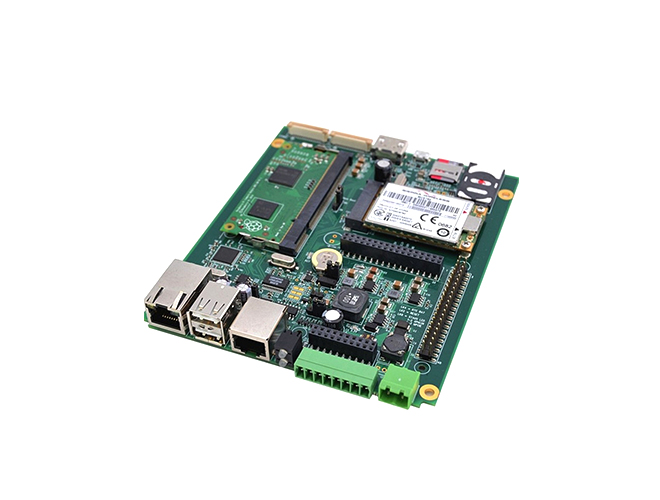-
CN
-
Service Hotline
+8618129931046 Mr. Liao


Time:2025-05-22 Views:1

Step holes, also known as counter - bored or counter - sunk holes, are a specialized feature in double - sided printed circuit boards (PCBs) that serve various purposes, from mechanical assembly to electrical connection optimization. The design and application of step holes require a deep understanding of both PCB manufacturing processes and the intended use of the board.
Mechanically, step holes are often used to accommodate different types of fasteners, such as screws and standoffs. In a double - sided PCB assembly, when the board needs to be mounted to a chassis or another component, step holes can be designed to allow the head of the screw to sit flush with the surface of the PCB. This not only provides a more aesthetically pleasing appearance but also prevents the screw head from interfering with other components on the opposite side of the board. For example, in a computer motherboard, step holes are used to mount the board to the computer case. The larger diameter part of the step hole allows the screw head to be recessed, while the smaller diameter part provides a precise fit for the screw shank, ensuring a secure and stable connection.
In terms of electrical applications, step holes can be used to create electrical isolation or to facilitate the connection of components with different lead sizes. For instance, when connecting a through - hole component with a large lead diameter to a PCB, a step hole can be drilled. The larger diameter section of the hole accommodates the component lead, while the smaller diameter section on the other side of the board can be used for soldering or for connecting to a smaller - gauge trace. This design helps to optimize the electrical connection and reduces the risk of short circuits or poor solder joints.
The design of step holes in double - sided PCBs also needs to consider the manufacturing process. The creation of step holes requires precise drilling and plating techniques. The drill bit needs to be carefully selected to ensure accurate hole diameters, and the plating process must be controlled to ensure proper conductivity and mechanical strength around the hole. Additionally, the location of step holes should be planned in the PCB layout to avoid interfering with other components, traces, and vias. Designers often use specialized PCB design software to accurately place and dimension step holes, taking into account factors such as component placement, electrical routing, and mechanical assembly requirements.
In applications such as industrial control systems, telecommunications equipment, and high - end consumer electronics, step holes in double - sided PCBs play a crucial role in enhancing the functionality, reliability, and manufacturability of the final product. By carefully designing and implementing step holes, engineers can create PCBs that not only meet the electrical and mechanical requirements but also optimize the overall assembly process, reducing production costs and improving product quality.